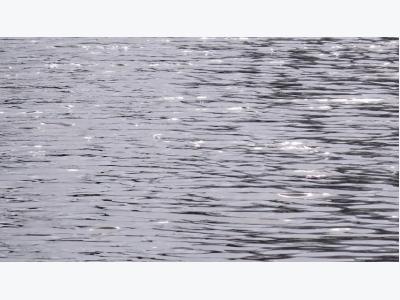Scientists evaluate potential of mussels to detect microbial contamination of ambient water

Microbial contamination in lakes, rivers and oceans can cause illnesses to animals and humans who come in contact with the water. To better characterize risks caused by microbial contamination, low cost, sustainable techniques are needed to collect microorganisms. Such techniques would make routine monitoring of ambient water more feasible.
Mussels and other bivalves are very efficient natural filtration devices that can filter up to 5 liters of water per hour to feed on microscopic plants and nutrients in water. EPA scientists are taking advantage of this ability by developing a low cost and effective concentration method using native and invasive species, like Blue mussels and Asian clams to collect an array of microbial pathogens from water. Scientists are using these techniques in several locations across the U.S. to determine if protozoan pathogens such as Cryptosporidium parvum and Toxoplasma gondii are present in water.
Several studies are currently underway using mussels as biosentinels of microbial contamination. Biosentinels are living organisms that give early warning of the presence of a particular contaminant in the surrounding environment. One of these studies is being used to augment the current Mussel Watch program, which has been used for over two decades as a means to monitor chemical contamination of ambient water. Another study found the presence of both Cryptosporidium parvum and Toxoplasma gondii in coastal regions of California previously reported to have Toxoplasma gondii related sea otter deaths. Information collected from these studies is expected to provide EPA with a better understanding of the level and potential sources of pathogen contamination in our Nation’s waters. In addition, future research on the application of mussels as a sustainable means of monitoring for different types of contaminants will lead to a low cost multipathogen and multichemical monitoring system.
Related news
 Garlic injection could tackle tree diseases
Garlic injection could tackle tree diseases Injecting trees with a concentrated form of garlic might help save trees in the UK from deadly diseases. Widespread use of the injection process is impractical
 Separate Hydrogen and Oxygen from water through electrolysis
Separate Hydrogen and Oxygen from water through electrolysis Electrolysis a method of separating elements by pushing an electric current through a compound
 How does electrolysis separate hydrogen and oxygen?
How does electrolysis separate hydrogen and oxygen? Water is made up of two elements Hydrogen and Oxygen, or we can say that atoms of hydrogen and atoms of oxygen makes water